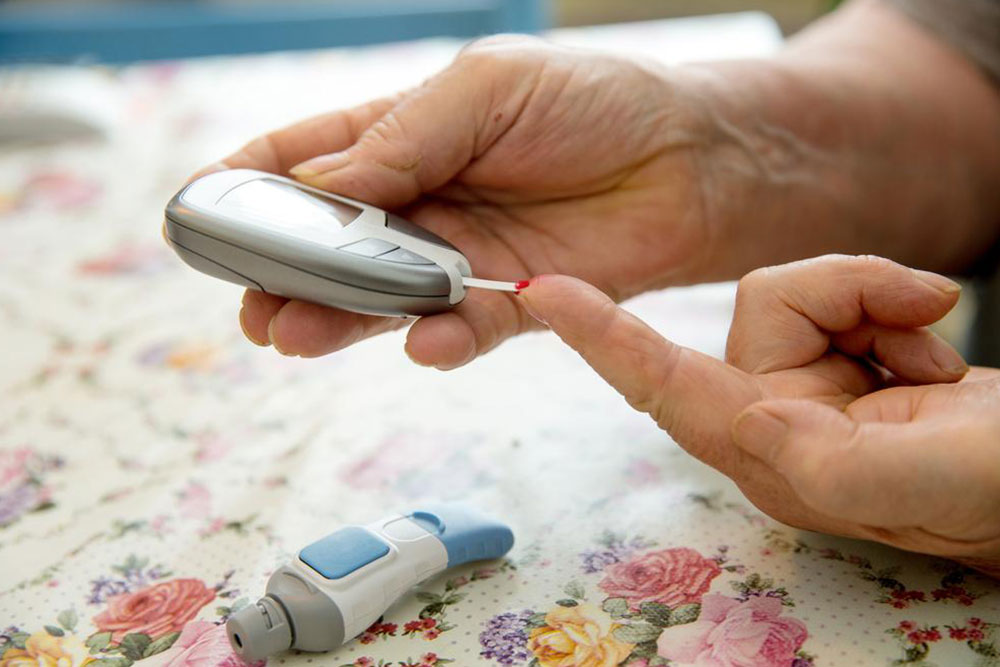Understanding Psoriasis: Risk Factors and Key Symptoms
Psoriasis is a chronic skin condition affecting millions globally. This article explores its risk factors, common symptoms, and management tips. It emphasizes the importance of professional consultation and lifestyle adjustments to control flare-ups, as there is currently no cure. Understanding the disease helps Patients and caregivers better navigate treatment options and maintain skin health effectively.

Psoriasis is a long-term skin disorder affecting roughly 2.5% of people in the United States, with over 225 million individuals worldwide impacted.
What is Psoriasis?
This autoimmune condition disrupts the skin's cell renewal process, leading to painful and visible symptoms. Though it tends to recur, it cannot be completely cured.
● Nail Psoriasis: This variant impacts fingernails and toenails, causing abnormal growth and often crumbling nails.
● Plaque Psoriasis: The most common form; it results in dry, red patches covered with silvery scales, with symptoms potentially worsening over time.
Causes:
The precise cause of psoriasis remains unknown, but research shows it involves immune system malfunction. Specifically, T cells attack healthy skin cells, causing inflammation.
Risk Factors:
Smoking
Heavy alcohol intake
Stress and work pressure
Skin infections
Vitamin D deficiency
Sunburn
Genetics
Race
Obesity
Poor diet choices
Medications like lithium, certain bipolar drugs, and antimalarials
Symptoms:
Joint stiffness
Red, inflamed skin patches
Dry, cracked skin that may bleed
Scaling spots, especially in children
Thickened, ridged nails
Itching, burning, and soreness
Consult a dermatologist before self-medicating. Maintaining a healthy diet and avoiding bad habits can help manage the condition. Since psoriasis has no cure, lifestyle adjustments are crucial, as advised by medical experts.










